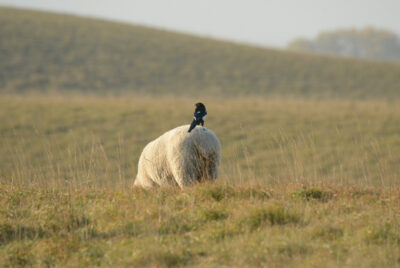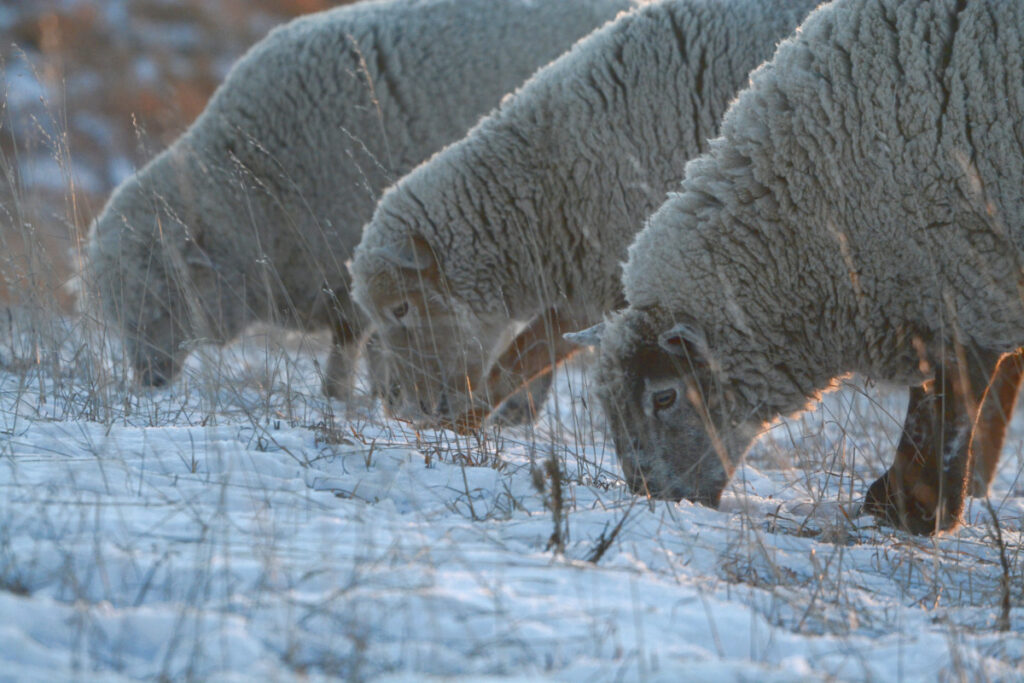Why Sheep?
[vc_row][vc_column][vc_column_text]
A recent article in our local forage newsletter listed four labels for us agrarian types: homesteader, farmer, rancher and agribusiness owner (I know which one of these I am not).
It does my heart good to know there have been enough people returning to the land to grow their own food and raise their own animals that homesteader is now back on the list. Many of these homesteaders are woman, or have women who are driving the dream; which means sheep are a more common consideration when it comes to keeping livestock.
Two very related questions I have been asked over the years: why did you get into sheep and how did you get started?
Homesteading was not a trendy movement twenty years ago and while I share some of the aims I can’t lay any lofty claims to that being my reason. And I’ve been at this too long to be called a homesteader now. No, the very first sheep I bought were for my Border Collie. I had it mind to train a stock dog. That’s it. No more fancy a story than that. I got into sheep with the aim of working a stock dog; the guardian dogs were an unexpected bonus. Now the dogs are my partners in the work of raising sheep to help this prairie thrive.
When I started I knew nothing about sheep and what I knew about livestock wasn’t much more than that. What appealed to me was the size of the animals, the wool and the ability to train a dog with them. The grazing and the grass management were items on the radar but not in place yet. Even still, I know that I never got into raising sheep dreaming about how good a carcass I would raise and how fast I would produce it. That was never a reason and I suggest that these are not viable reasons to get into livestock of any kind, although the entire industry will do everything to convince you otherwise. But if you’re here reading this blog it’s very likely you’re interested in something deeper than intensive carcass production.
As for how I got started…
I started with five ewes. A year later I moved up to thirty ewes I bought on shares (a share of the lambs produced each year went to the seller which allowed me to pay the purchase price of the ewes over time).
That flock of thirty grew in size for a few years just by way of keeping replacement ewe lambs.When I felt I had a handle on this sheep thing I made the decision to purchase a flock of two hundred animals. Then grew from there (and it was still a big learning curve).
Right from the get go I knew I wanted to raise sheep on grass (not artificial milk and grain). I knew I wanted this endeavor to be about the natural purpose of grazing animals – to keep grassland ecosystems in good health. To that end I rear this flock in as natural a manner as I can on the parcel of land I have. You can do this with sheep, you can do this with cattle, with pigs, with chickens….. the Homesteaders are doing it and I applaud them. It’s so good to know the movement is here.[/vc_column_text][/vc_column][/vc_row]
